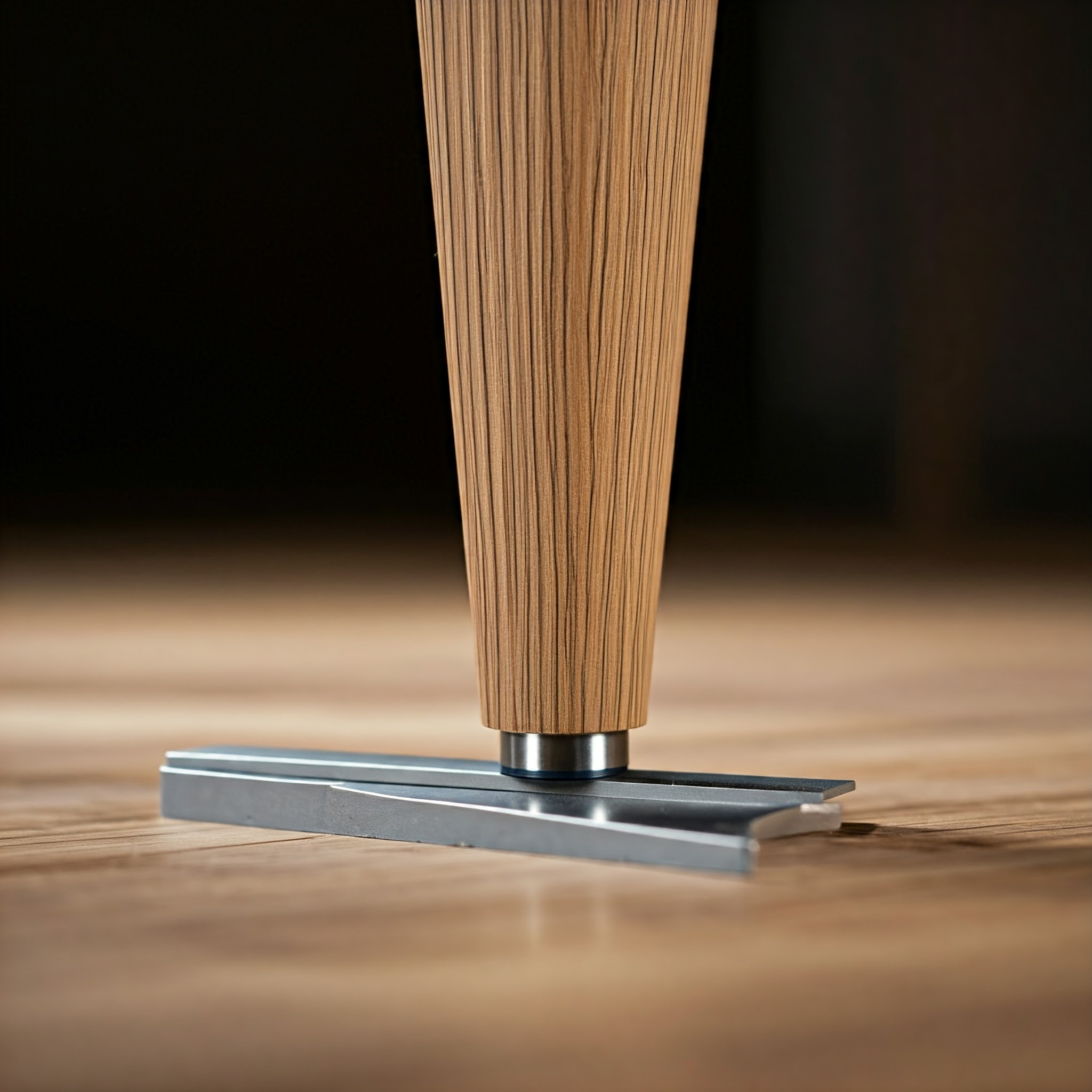
Stainless steel shim plates are an essential component in many industries, offering durability, corrosion resistance, and precision. However, to ensure they last as long as possible and function effectively, proper care and maintenance are key. In this guide, I’ll walk you through the best practices for maintaining and caring for ss shim plates, helping you get the most out of these critical tools.
Stainless steel shim plates are designed to withstand harsh environments and heavy-duty use, but even the most durable materials need regular care. Without proper maintenance, ss shim plates can suffer from issues such as corrosion, warping, and decreased performance. By taking a little extra time to maintain them, you can:
To ensure you get the best quality shim plates, it's essential to work with reputable shim manufacturers.

Cleaning is one of the most important aspects of maintaining stainless steel shim plates. Over time, dirt, grime, and industrial residues can build up on the surface, which may lead to corrosion or interfere with the plate’s precision. Here’s how you can keep your stainless steel shim plates clean:
You don’t need harsh chemicals to clean stainless steel shim plates. In fact, mild soap and water work well for routine cleaning. Just ensure you:
Never use steel wool, wire brushes, or abrasive pads to clean ss shim plates. These can scratch the surface, making them more prone to corrosion. Stick to non-abrasive cleaning tools.
If your stainless steel shim plate has tougher stains, consider using a cleaner specifically designed for stainless steel. Be sure to:
Proper storage is critical to protecting stainless steel shim plates from damage when not in use. Here are some key tips for safe storage:
Ss shim plates are corrosion-resistant, but long-term exposure to moisture can still cause rusting, especially in environments with high humidity. Store them in a dry place to avoid this.
If possible, store your ss shim plates in protective covers or cases to shield them from dust, debris, and accidental scratches.
To avoid warping, always store sstainless steel shim plates flat. Stacking them vertically or at an angle can lead to bending over time, which will reduce their precision.
If you store other types of shim plates, such as brass shim sheets, precut shims, or bimetallic washers, be sure to keep them separated. This prevents galvanic corrosion, which can occur when different metals come into contact.

Regular inspection is a simple but effective way to ensure your stainless steel shim plates remain in good condition. Follow these steps:
Before and after use, visually inspect your ss shim plates for signs of:
Working with high-quality shim manufacturers will reduce the chances of defects.
Even though stainless steel shim plates are designed for tough environments, they should still be handled carefully:

Many people unknowingly shorten the lifespan of their stainless steel shim plates by making avoidable mistakes. Here are a few to watch out for:
Strong chemicals like bleach or chlorine-based cleaners can damage the surface of ss shim, leading to pitting or corrosion over time. Always stick to gentle cleaning solutions.
It’s easy to forget about maintenance when the stainless steel shim plates seem to be holding up well. However, over time, neglecting routine cleaning and inspection can lead to major problems, such as warping or rusting.
Storing your ss shim plates in a humid or dirty environment can cause long-term damage. Make sure they are stored in a clean, dry place, and always cover them when not in use.
As mentioned earlier, avoid storing different types of shim materials together, such as brass shim sheets, precut shims, or stainless steel shim. This can cause galvanic corrosion, especially in environments with moisture.
Caring for your stainless steel shim plates doesn’t have to be a complicated process. By following these simple best practices, you can ensure that your ss shim remain in top condition for years to come. Whether it’s through regular cleaning, proper storage, or careful handling, a little attention goes a long way in preserving their durability and precision.
Our range of shims includes metal, machine, industrial, precision, adjustable, machinery, engineering, custom, and alignment shims. These shims are designed for various applications, such as machinery alignment, fine adjustments in industrial-grade machines, engineering projects requiring steel shims, heavy-duty machinery requiring versatile metal shims, aerospace applications demanding precision stainless steel shims, automotive use requiring adjustable aluminum shims, precision engineering projects using high-quality brass shims, construction applications requiring durable plastic shims, specialized machinery needing customized shim solutions, and manufacturing processes requiring fine-tuning shims for precise alignment and accurate machine setup and leveling.



